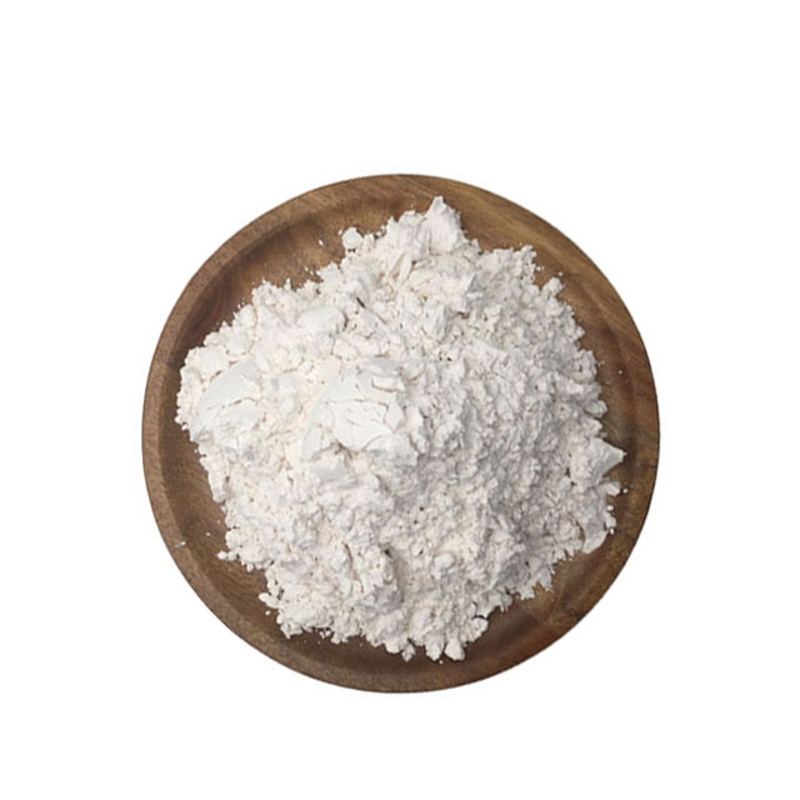-
Categories
-
Pharmaceutical Intermediates
-
Active Pharmaceutical Ingredients
-
Food Additives
- Industrial Coatings
- Agrochemicals
- Dyes and Pigments
- Surfactant
- Flavors and Fragrances
- Chemical Reagents
- Catalyst and Auxiliary
- Natural Products
- Inorganic Chemistry
-
Organic Chemistry
-
Biochemical Engineering
- Analytical Chemistry
- Cosmetic Ingredient
-
Pharmaceutical Intermediates
Promotion
ECHEMI Mall
Wholesale
Weekly Price
Exhibition
News
-
Trade Service
Chemotherapy-induced nausea and vomiting (CINV) are often toxicities that occur after chemotherapy for malignant tumors
.
Especially cisplatin-induced CINV mainly occurs within a few days after chemotherapy, so it often occurs after discharge from the hospital, causing serious discomfort to patients
Chemotherapy-induced nausea and vomiting (CINV) are often toxicities that occur after chemotherapy for malignant tumors
Recently, a phase III clinical study was published in the Journal of Clinical Oncology, comparing two neurokinin-1 receptor antagonists fosnetupitant (FosNTP) and fosaprepitant (FosAPR) combined with palonosetron and dexamethasone head-to-head Effectiveness and safety of preventing nausea and vomiting caused by highly emetic chemotherapy
The study is a randomized, double-blind phase III clinical study
.
The study randomly assigned patients planning to receive cisplatin chemotherapy to FosNTP 235 mg or FosAPR 150 mg combined with palonosetron 0.
The study is a randomized, double-blind phase III clinical study
The study consists of two parts, the one receiving single-agent chemotherapy is called S-cycle; and the other part receiving combined chemotherapy is M-cycles
In S-cycl, the total CR rate (primary endpoint) of the FosNTP and FosAPR groups were 75.
CR rate comparison
CR rate comparisonAnalysis of CR rates in different time periods after chemotherapy found that the CR rates of delayed and exceeded delayed phases (120-168 hours) and 0-168 hours were 76.
8% vs 72.
8%, 86.
5% vs 81.
4%, and 73.
2% vs 66.
9%, respectively
.
The hazard ratio for TTF was 0.
Analysis of CR rates in different time periods after chemotherapy found that the CR rates of delayed and exceeded delayed phases (120-168 hours) and 0-168 hours were 76.
TTF comparison between the two groups
TTF comparison between the two groupsAdverse events (AEs) in the FosNTP and FosAPR groups were 99.
5% and 99.
0%, respectively; the incidence of treatment-related adverse events (TRAEs) was 22.
2% and 25.
4%, respectively; the incidence of ≥3 grade TRAEs was 2.
6% v 3.
1%, respectively
.
The incidence of adverse events related to injection site reactions or treatment-related adverse events were 11.
Adverse events (AEs) in the FosNTP and FosAPR groups were 99.
Adverse reactions
Adverse reactionsNo serious TRAEs and AEs leading to death were observed in the FosNTP group
.
The severe TRAEs in the FosAPR group were ischemic colitis and erythema multiforme
.
No serious TRAEs and AEs leading to death were observed in the FosNTP group
.
The severe TRAEs in the FosAPR group were ischemic colitis and erythema multiforme
.
In summary, studies have shown that FosNTP has non-inferiority compared with FosAPR, and has good safety and lower risk of injection site reactions
.
.
Studies have shown that FosNTP has non-inferiority compared with FosAPR, and has good safety and lower risk of injection site reactions
.
Studies have shown that FosNTP has non-inferiority compared with FosAPR, and has good safety and lower risk of injection site reactions
.
Original source:
Original source:Hata A, Okamoto I, Inui N, et al Randomized, Double-Blind, Phase III Study of Fosnetupitant Versus Fosaprepitant for Prevention of Highly Emetogenic Chemotherapy-Induced Nausea and Vomiting: CONSOLE.
J Clin Oncol.
2021 Nov 18:JCO2101315.
doi: 10.
1200/JCO.
21.
01315.
Epub ahead of print.
PMID: 34793245.
J Clin Oncol.
2021 Nov 18:JCO2101315.
doi: 10.
1200/JCO.
21.
01315.
Epub ahead of print.
PMID: 34793245.
Leave a message here







